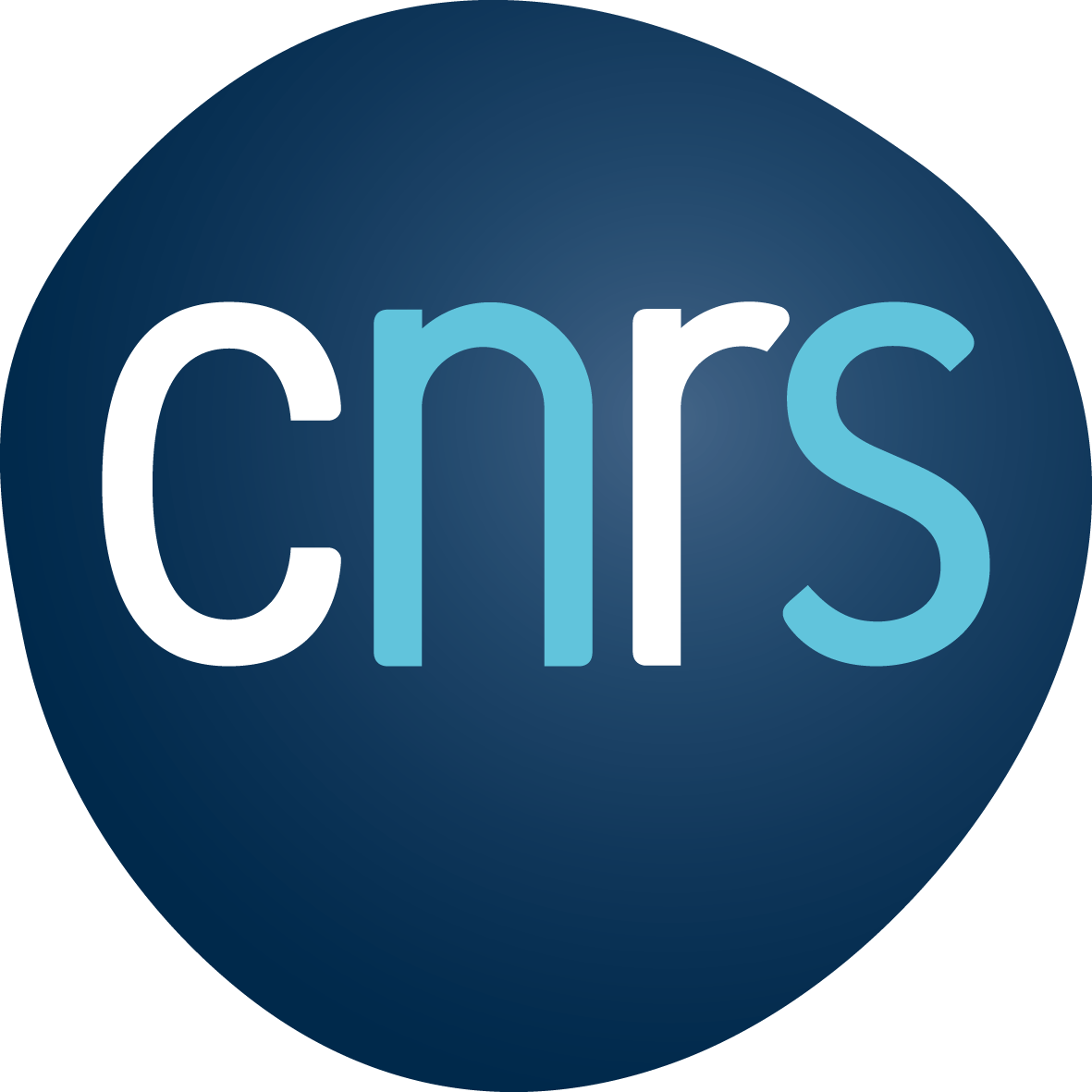fr:start
Différences
Ci-dessous, les différences entre deux révisions de la page.
| Les deux révisions précédentesRévision précédenteProchaine révision | Révision précédente | ||
| fr:start [2025/03/30 18:27] – dlourdea | fr:start [2025/03/31 05:26] (Version actuelle) – dlourdea | ||
|---|---|---|---|
| Ligne 1: | Ligne 1: | ||
| - | ====== ITS-STORY ====== | + | ====== ITS-STORY: Storytelling – supporting historical empathy through augmented memory in internment and deportation camps in Nazi Europe |
| \\ | \\ | ||
| - | ===== Objectives ===== | ||
| \\ | \\ | ||
| + | |||
| + | \\ | ||
| + | |||
| + | |||
| + | ===== Objectives ===== | ||
| + | ---- | ||
| {{ : | {{ : | ||
| **ITS-STORY** (Storytelling – supporting historical empathy through augmented memory in internment and deportation camps in Nazi Europe), is an **experimental, | **ITS-STORY** (Storytelling – supporting historical empathy through augmented memory in internment and deportation camps in Nazi Europe), is an **experimental, | ||
| Ligne 10: | Ligne 15: | ||
| \\ | \\ | ||
| - | \\ | + | ===== Hypothesis and research question |
| - | + | ---- | |
| - | ===== Hypothesis and Research Question | + | ==== Hypothesis |
| {{ : | {{ : | ||
| - | __The hypothesis is that a **distanced immersion** allowed by this type of technology and an **ethical personalized interactive narration** make it possible to involve the visitor, and to propose **a different understanding of the past**__, in situations where visitors no longer have direct, autobiographical links with events that took place almost 80 years ago. In Compiègne, this trend is reflected in the fact that almost half of all visitors are under thirty. A challenge for both generation and gender. The research question studied is: “**Can we use Mixed Reality for Remembrance Work on the role of internment and deportation camps during WWII and if so, how and which impact will it have on the visitors? | + | __The hypothesis is that a **distanced immersion** allowed by this type of technology and an **ethical personalized interactive narration** make it possible to involve the visitor, and to propose **a different understanding of the past**__, in situations where visitors no longer have direct, autobiographical links with events that took place almost 80 years ago. In Compiègne, this trend is reflected in the fact that almost half of all visitors are under thirty. A challenge for both generation and gender. |
| - | \\ | + | ==== Research Question ==== |
| + | The research question studied is: “**Can we use Mixed Reality for Remembrance Work on the role of internment and deportation camps during WWII and if so, how and which impact will it have on the visitors? | ||
| \\ | \\ | ||
| - | \\ | ||
| ===== Fundings ===== | ===== Fundings ===== | ||
| + | ---- | ||
| {{: | {{: | ||
| {{: | {{: | ||




